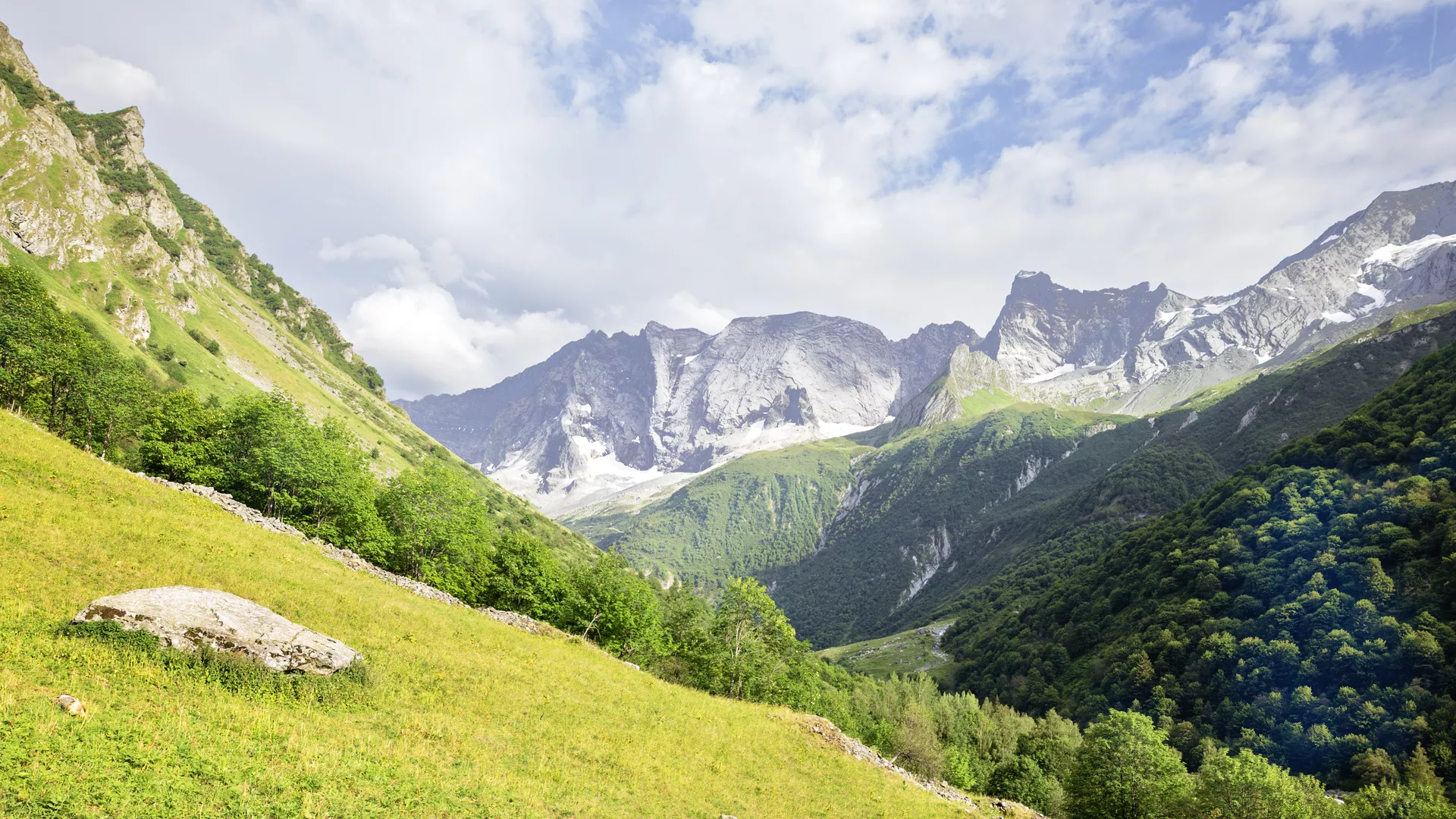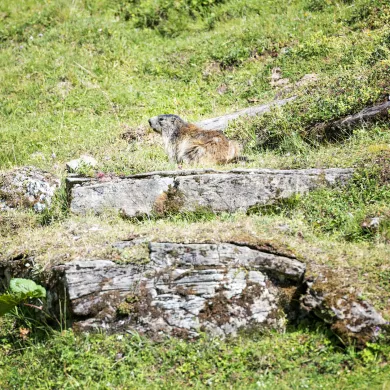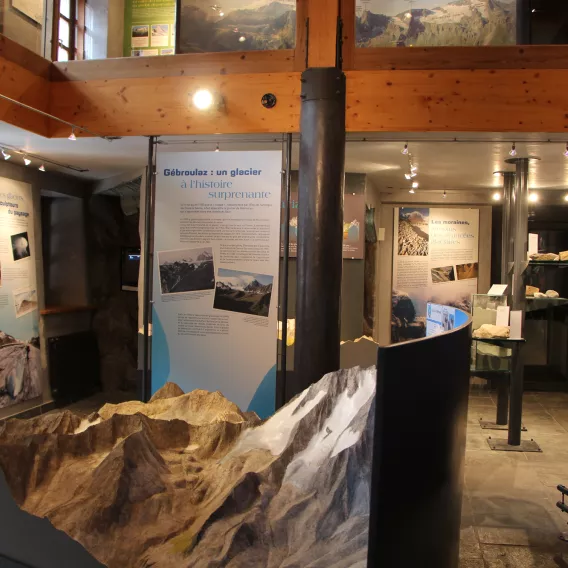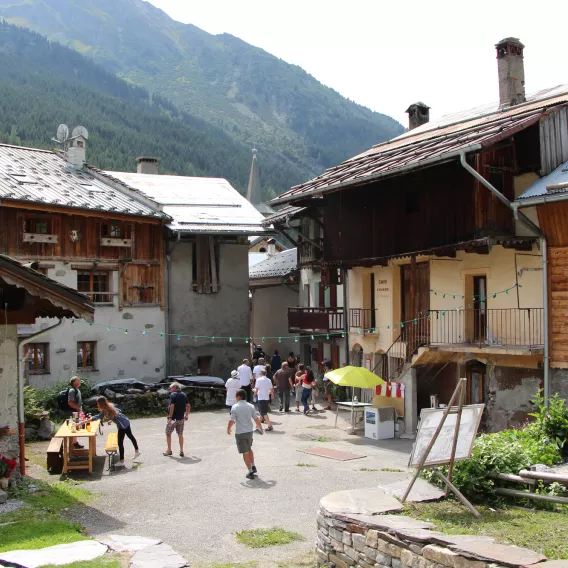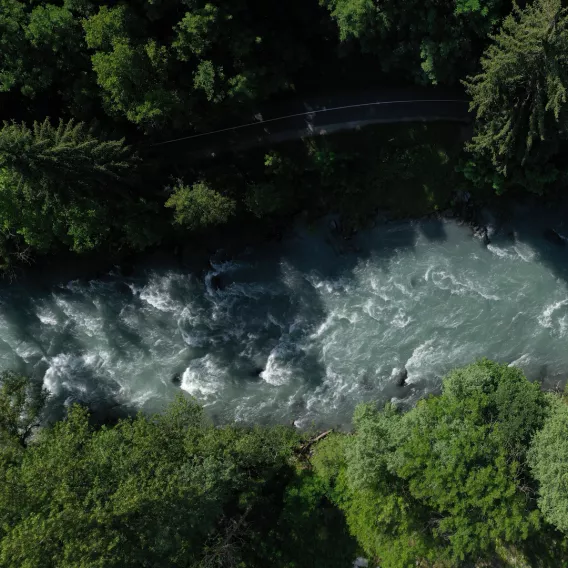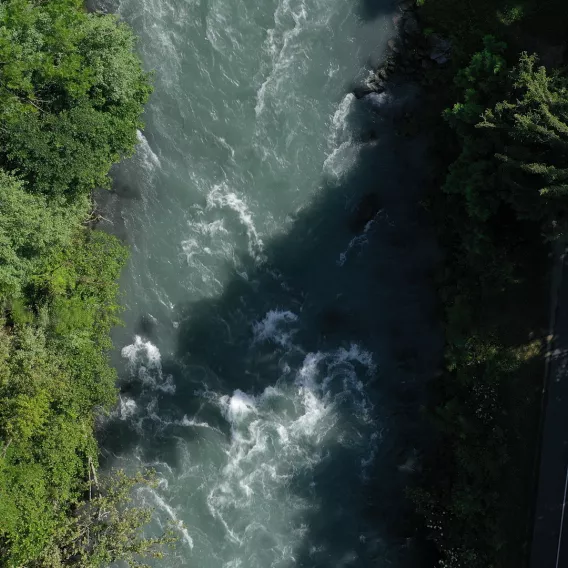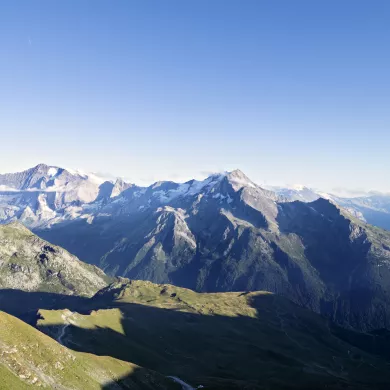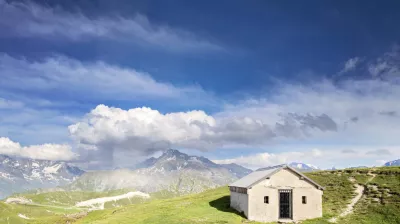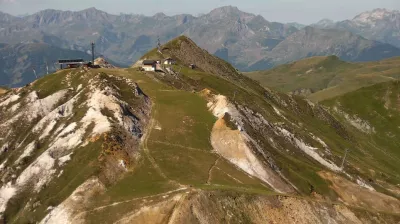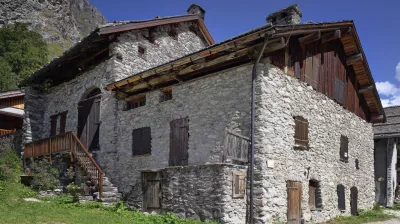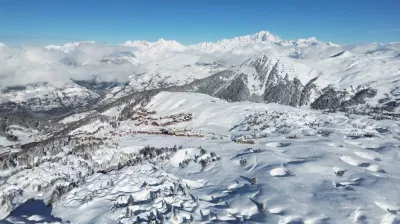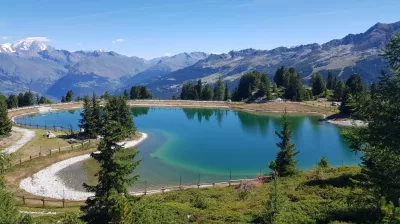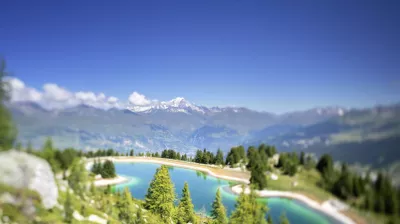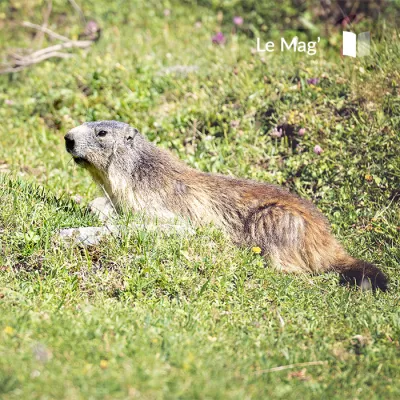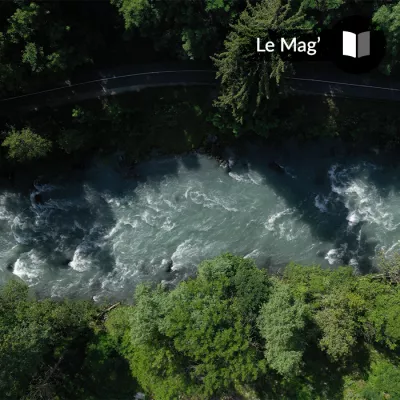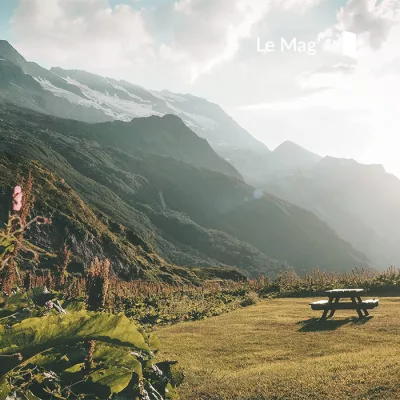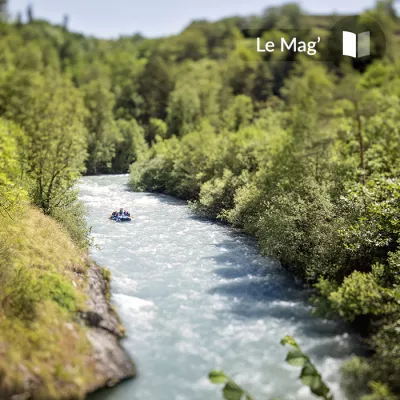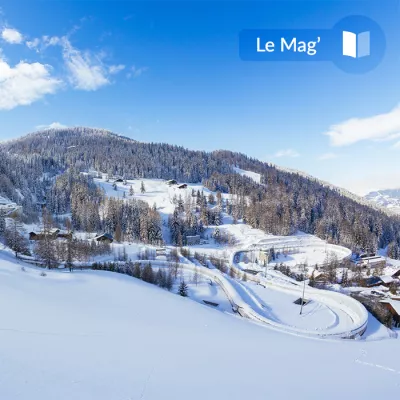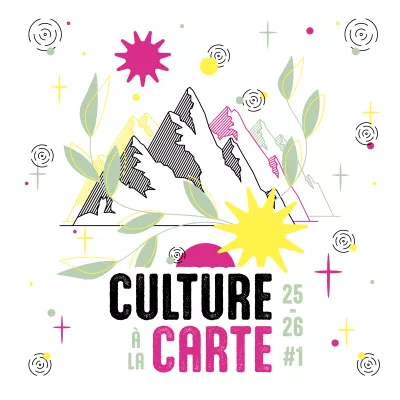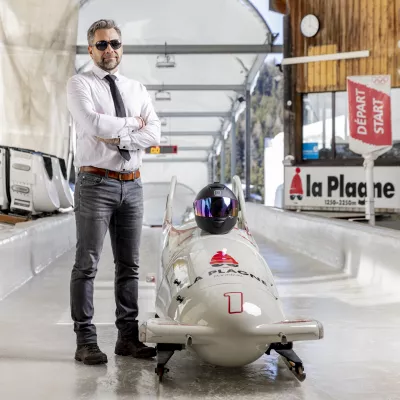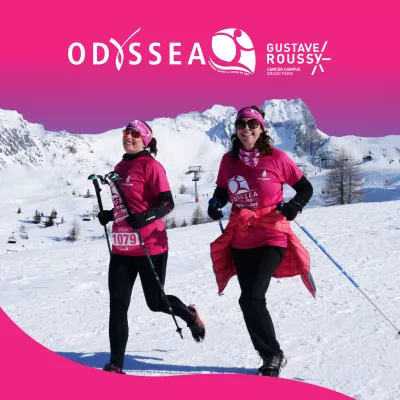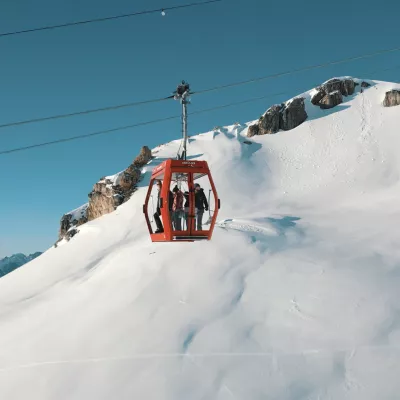La Plagne has an infinite diversity of landscapes. From the valley to the summits, you will never stop admiring nature in all its glory!
A National Park
Part of La Plagne Champagny-en-Vanoise is actually inside the Vanoise National Park, a protected area that was created in 1963 between the altitude valleys of the Maurienne and the Tarentaise. The highest point is the Grande Casse, a peak that reaches 3855 m in the commune of Champagny-en-Vanoise.
The Park is renowned for the richness of its fauna, flora and geology. Get your hiking boots on and set off on a photo safari following in the tracks of chamois, ibex and marmots. Don’t forget to look up and you might spot a bearded vulture. This impressive bird of prey is one of 125 bird species that have been identified in the Vanoise National Park. Did you know that you can find a third of all the species of flowers that grow in France in the Vanoise? It’s true, 1700 species have been seen in the park. All types of gentians, martagon lilies, edelweiss… Botany enthusiasts will be in heaven!
To extend your stay in the Park, you can spend the night in a refuge. For an initial experience with your family, opt for the Refuge de la Glière. It’s easy to get to, impossible to get lost, with marmots showing you the way!
To preserve the Park’s natural wealth, respect the protective rules: do not pick any plants, no dogs allowed…. Don’t forget to get all the necessary information before you set off for a hike. All year round, park wardens watch over this natural Eden. They regularly organise discussions, observation sessions and film screenings, a great opportunity to find out more about the fauna and flora.
The secrets of the glaciers
The Isère
Up on the mountain
For lovers of natural spaces and hiking (on foot, skis or snowshoes), the Tarentaise is the perfect playground. There’s a myriad of possibilities in all seasons leaving from the villages on the Versant du Soleil. The village of Valezan is dominated by the Dôme de Vaugelaz, a belvedere that offers a stunning panorama of the Paradiski area. Above the Côte d’Aime, the altitude valley of Foran is well worth a visit. Admire the summer chalets and the little chapel dedicated to Saint Guérin, the protector of herds. Continue along the path to reach the altitude refuges of la Balme and Presset with its lake, not far from the Pierra Menta. According to legend, this rocky peak, the emblem of the Beaufortain, was brought there by Gargantua.
Laval valley is the pastureland of the village of Granier. It is also a passageway between the Tarentaise and the Beaufortain over the Cormet d’Arêche. In summer, don’t miss the Alpages de Plan Pichu, a hike that offers an opportunity to meet shepherds and herdsmen who make the Beaufort d’Alpage cheese in the traditional way. In the summer, the Tessens herds go up to the Vallée du Nant de Tessens. You will enjoy visiting the hamlets at La Pesée, the chalets and pastures where the cows graze, overlooked by the Crêt du Ret. Up at Montgirod, the pretty valley of Nant Agot leads to the summit at Le Quermoz, offering a panoramic viewpoint of the Vanoise, the Massif de la Lauzière and the plateaux at Naves.
When the snow melts, the ski runs become pastures and animals take the place of the skiers. Just above Plagne Soleil and Plagne Villages, gourmets will love visiting the dairy. You can even buy cheese that is made on site. If you look round the side of the chalet where the cheese is sold, you can see the cheesemaker at work, leaning over his huge cauldron. The milk from the cows that are pastured in La Plagne is made into cheese here. Produced by Tarine and Abondance cows, the milk is made into Beaufort d’Alpage cheese, butter, cream, faisselle and sérac, to be enjoyed without moderation! In Champagny-le-Haut, goats graze on the plateau not far from the farm where you can buy your cheese. After walking a few hours to the heart of the Vanoise National Park, you come to the Chalet du Plan du Sel where you can see the Beaufort cheese being made and buy some to take home with you. The secret of these cheeses is the quality of the mountain grass which gives it an inimitable taste!

